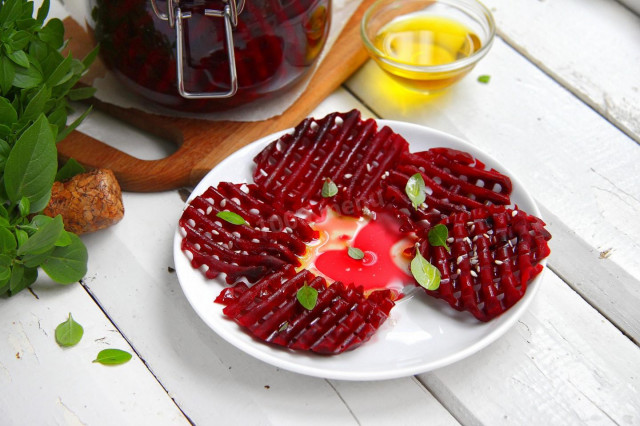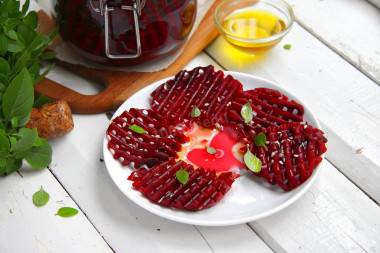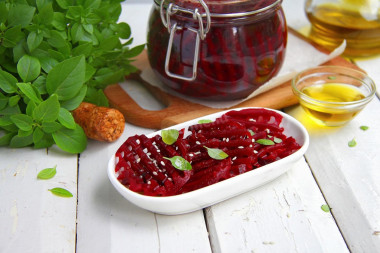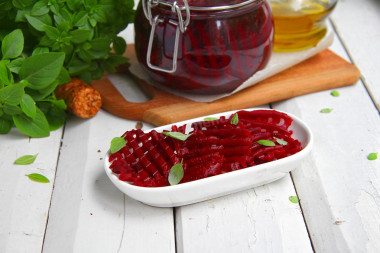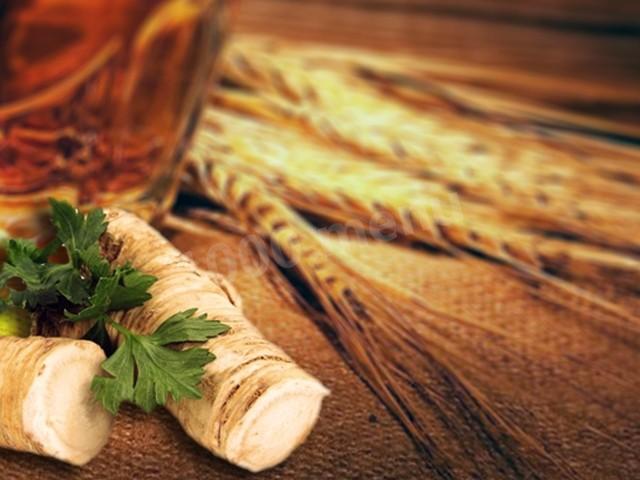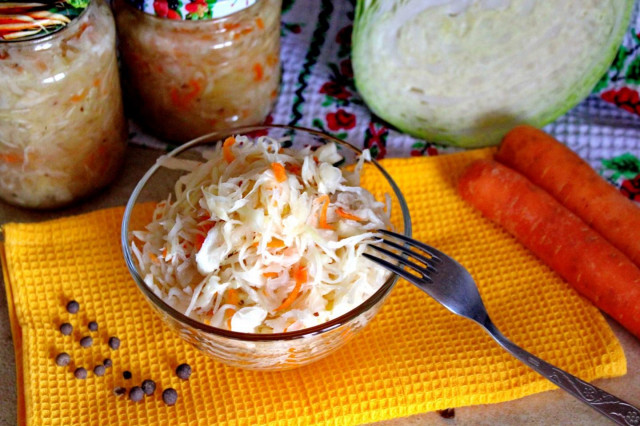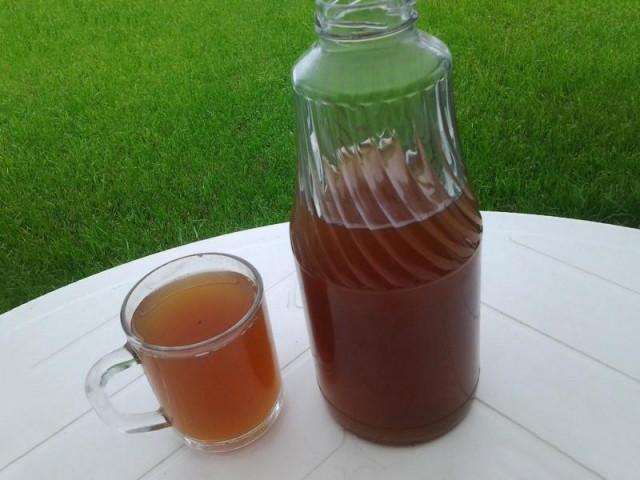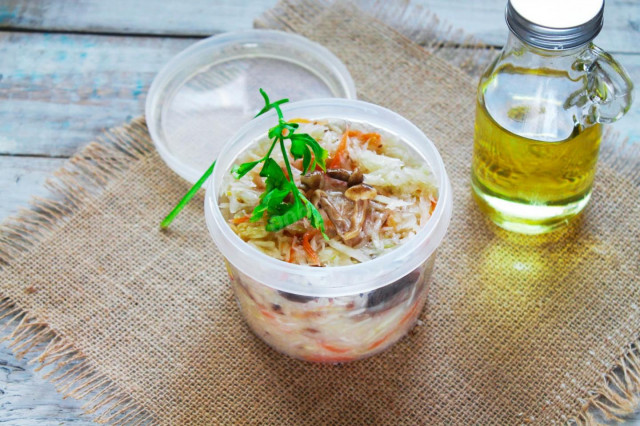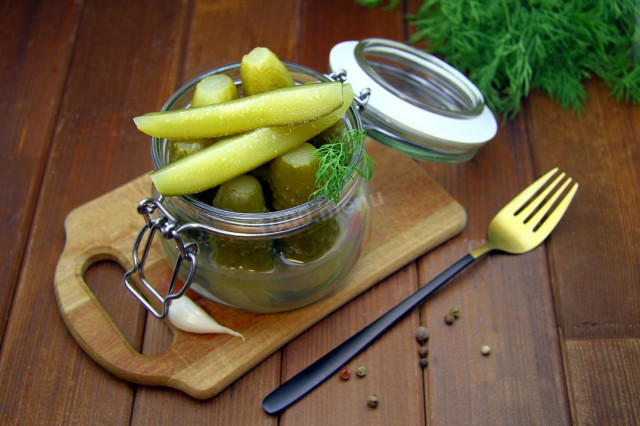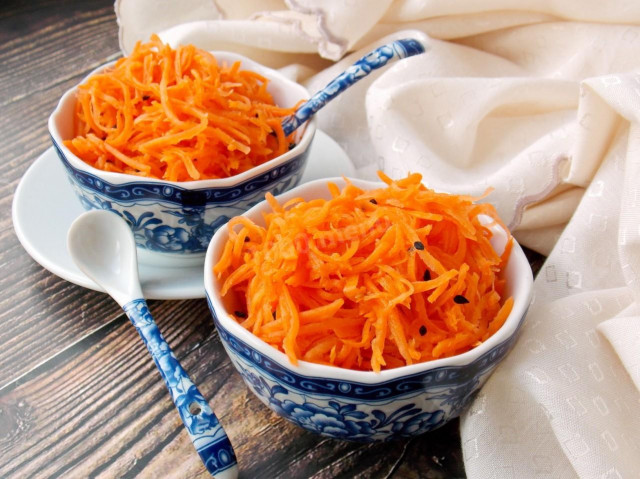Composition / ingredients
Step-by-step cooking
Step 1:
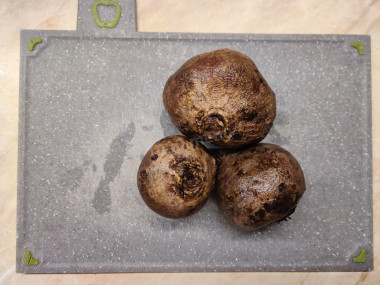
How to make pickled beets for winter?So, choose sweet, bright burgundy beetroot for pickling. If the vegetable has white stripes in the section, it is better not to use such specimens in food at all. Rinse the beets thoroughly under running water, paying special attention to the tips on both sides. As a rule, it is there that the main pollution accumulates.
Step 2:
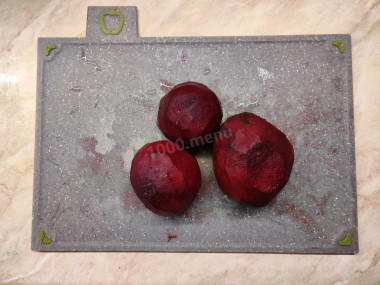
Cut off the tips on both sides and peel the root vegetables with a vegetable peeler or a small sharp knife. In order not to get your hands dirty with beet juice, I recommend using disposable gloves.
Step 3:
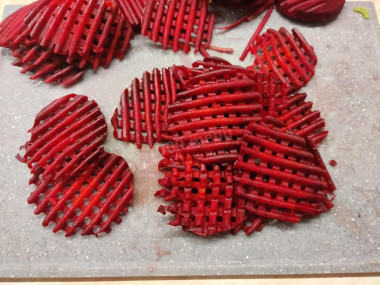
Slice the beets randomly. I use a special curly grater for vegetables. In general, any medium-sized shredding will do: cubes, cubes, thin half-rings.
Step 4:
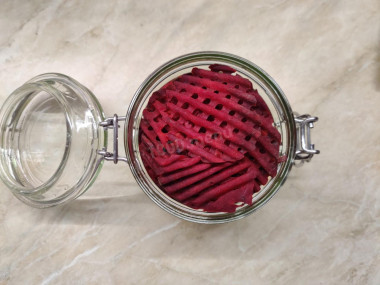
Transfer the beetroot to a clean container in which it will be fermented. I use a glass jar with a hook lock. But even a food-grade plastic container with a lid will do.
Step 5:
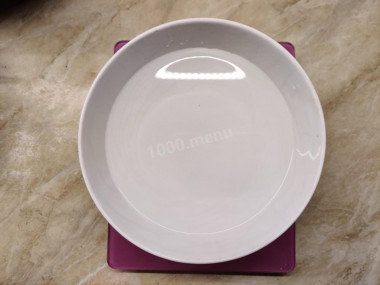
Pour filtered water at room temperature into a bowl. Add salt and mix thoroughly until the grains are completely dissolved. So we got a pickle.
Step 6:
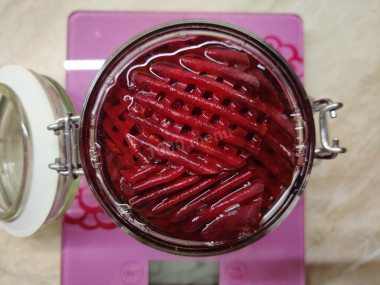
Pour the resulting brine into the jar so that the beetroot is completely covered with liquid.
Step 7:
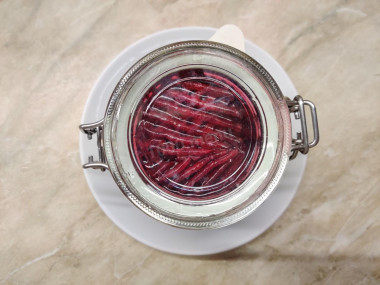
Close the jar with a lid and leave it at room temperature! temperature for two weeks. Every day! the lid will need to be opened and the contents mixed so that the beetroot does not spoil.
Step 8:
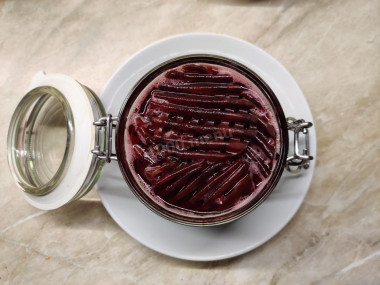
In a day or two, an active fermentation process will begin, in a different way fermentation. Foam and even mold will form on the surface. They need to be deleted. When the signs of fermentation are over, and the beetroot is slightly lighter, then it is ready. You can close the jar and put it away for long-term storage. Store the pickled beets in a dark, cool place.
Root vegetables are best washed with a brush or a stiff sponge.
For cooking, it is better to use filtered or bottled water that is neutral to taste. If you use tap water, keep in mind that it can give the dish an unpleasant characteristic taste.
Ready-made pickled beets can be tasted as early as ten days after the end of the fermentation process. But the longer it stands, the tastier it becomes.
Beetroot turns out to be soft, sour, like pickled cucumbers, but with a characteristic beet flavor. The workpiece has a rich burgundy color and does not lose it over time.
Fermented preparations for the winter are much more useful and traditional for our culture than preparations with vinegar.
Bon appetit!
Calorie content of the products possible in the composition of the dish
- Beetroot - 40 kcal/100g
- Dried beetroot - 278 kcal/100g
- Boiled beets - 49 kcal/100g
- Salt - 0 kcal/100g
- Water - 0 kcal/100g

